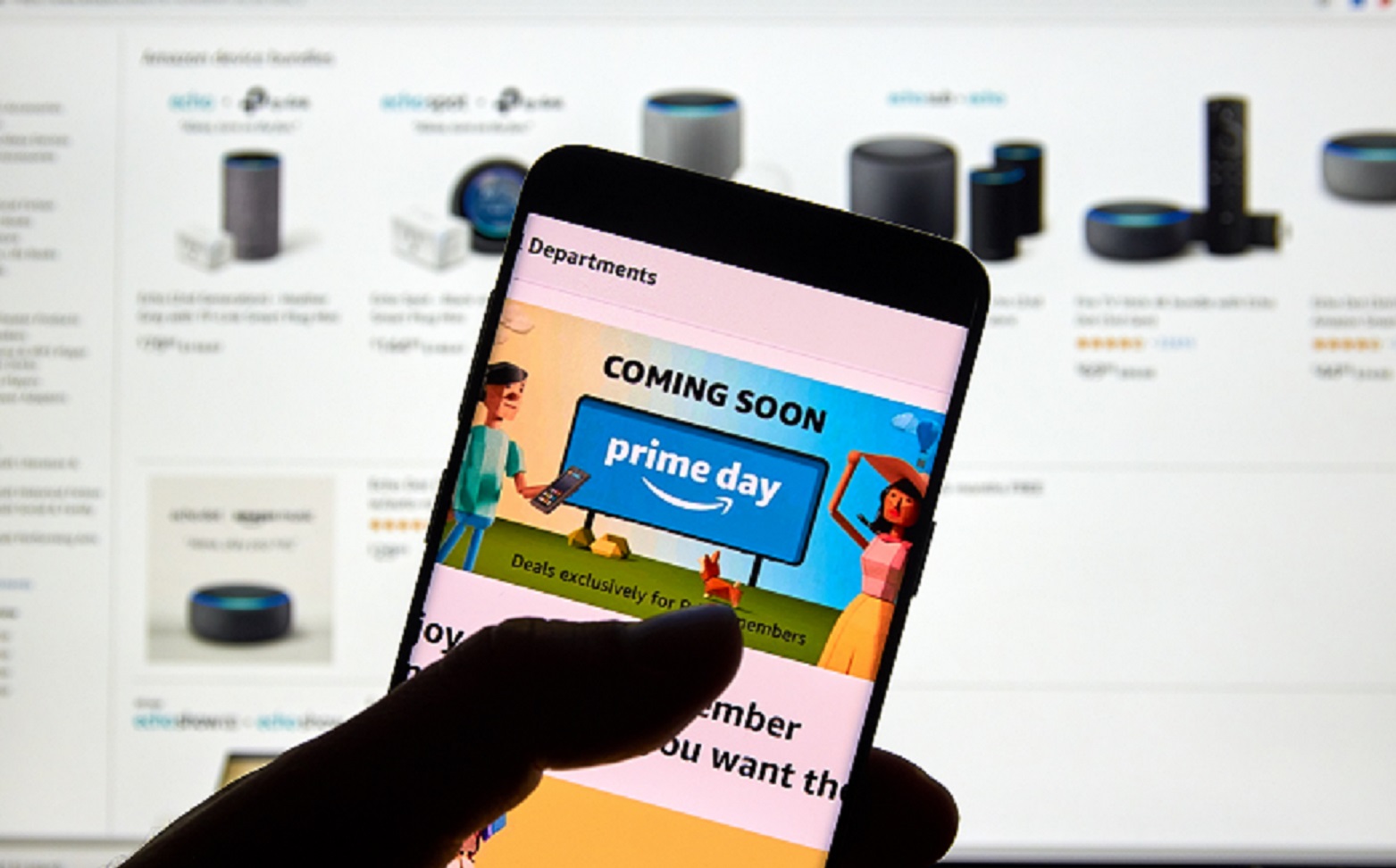Adapting to The Trends of Location Data

April 21, 2018 | Article written by Carly Morris
Adaptability. Say it. Learn it. Repeat it.
As technology evolves, marketers and advertisers need to understand and learn how to grow along with it. In fact, our very own US General Manager Amit Dar recently spoke about the importance of advertisers becoming more adaptable, specifically when it comes to location data.
73% of mobile users allow apps to access their location. That’s a huge subset of people giving advertisers direct insight into their everyday consumer behavior. And if brands are, you guessed it, adaptable, they can use this information to achieve more precise targeting and enhanced audience reach.
This rings especially true when it comes to Generation Z. While Millennials and Baby Boomers might be more skeptical of personalized advertising, Generation Z expects it. They’ve been raised with a mobile device in hand and want content that is curated to fit their wants and needs. But if done right, leveraging location data to create smarter ads can reach far beyond Gen Z.
While location data isn’t a new concept in the marketing world, the problem is that 94% of advertisers still aren’t sure how to put it to use.
Data Access
The first roadblock that advertisers hit is not knowing where to access this kind of data. Or if they do, they may be unsure if it’s entirely accurate. It’s important to know where the data you’re using is sourced and how it’s validated. Inaccurate data can never lead to elevated ads.
For more expansive data sets with guaranteed accuracy, your best bet is to join forces with an established, trusted third-party partner for your location data and subsequent targeting needs.
Best Practices for Location-Based Ads
Once you have access to detailed location data, there are a few important factors to implement in your launch strategy down the line.
● Customize Your Ads: Location data lets advertisers know more about consumer trends so they can create personalized ads that fit their users’ behaviors and interests. For example, a local restaurant can see that a user frequents their neighborhood to dine out, and create a custom coupon to incentivize them to visit their restaurant accordingly.
● Look for Patterns: Advertisers can also use their data to see key consumer patterns. Maybe someone travels a lot, visits the same shopping center regularly, or is constantly trying new workout classes. Remember to carefully assess your data for unique behavioral patterns that you can leverage to reach your audience based on their individual interests.
● Align With Popular Events: If there’s a big event coming up, advertisers have the opportunity to reach an incredibly precise niche audience in one fell swoop. For example, Taptica and Addison Lee teamed up during London Pride, using location data to reach relevant audiences on Twitter with great success in brand recognition and app use.
The Future of Location-Driven Advertising
There’s a variety of ways to apply location data to develop more relevant ads that lead to better KPIs and better results. And better yet, it’s not exclusive to any vertical — airlines, restaurants, taxis, you name it. Every brand can leverage consumer behavior to better reach their consumers, if done tactfully.
Though some brands worry that location-targeted ads are at a higher risk to be perceived as invasive, the future of mobile ads leans positively on side of data-driven outreach. When all is said and done, there’s nothing more intrusive than an ad that’s completely irrelevant.
Now it’s in the hands of advertisers to adapt to the latest industry trends, augment the data they have access to, and sharpen their strategy for translating that information into a better, more personal ad experience. Where will your brand take it?


